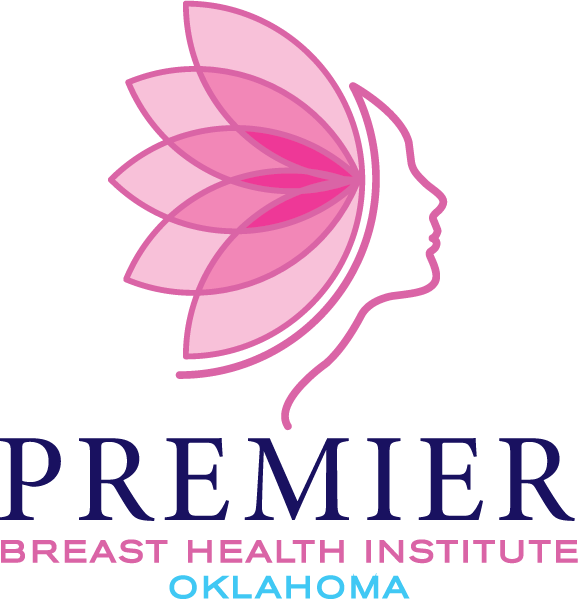
Breast MRI

Advanced Imaging for Comprehensive Breast Health
Our team is committed to providing state-of-the-art imaging technologies for the most accurate breast cancer detection. Our Breast Magnetic Resonance Imaging (MRI) offers high-resolution images of breast tissue, aiding in the early detection of breast cancer, especially in individuals with dense breast tissue or those at high risk.

What Is a Breast MRI?
A Breast MRI is a non-invasive imaging technique that uses magnetic fields and radio waves to produce detailed images of the breast. Unlike mammography, it does not use ionizing radiation. The procedure often involves the use of a contrast agent to enhance the visibility of abnormalities within the breast tissue.
Benefits of Breast MRI
-
High Sensitivity:
Breast MRI has the highest cancer detection rate across all breast densities compared to other modalities, including 3D mammography.
-
Early Detection:
Particularly effective in identifying cancers that may not be visible on mammograms, especially in dense breast tissue .
-
Comprehensive Assessment:
Provides detailed images that help in evaluating the extent of cancer, monitoring treatment response, and screening high-risk individuals .
Who Should Consider a Breast MRI?
Breast MRI is especially valuable for individuals who are at higher risk for breast cancer, such as those with a known BRCA1 or BRCA2 gene mutation or a strong family history of the disease. It's also an important tool for women with dense breast tissue, where standard mammograms may miss small abnormalities. In cases where a patient has been recently diagnosed with breast cancer, MRI helps assess the full extent of the disease. Additionally, it’s often used to monitor how well a tumor is responding to treatment, giving clinicians a clearer picture of progress and effectiveness.

What to Expect During the Procedure
Preparation:
You'll be positioned face down on a specialized table with openings for the breasts.
Contrast Administration:
A contrast agent may be injected to enhance image quality.
Imaging:
The table slides into the MRI machine, and images are captured. The procedure typically takes 30 to 60 minutes.
Aftercare:
Normal activities can usually be resumed immediately after the scan.
Why Would I Need Contrast During My Breast MRI?
In some cases, your physician or radiologist may recommend a contrast-enhanced breast MRI to provide the most accurate and detailed information about your breast tissue.
-
Contrast dye, typically gadolinium-based, is a special agent that’s injected through a small IV before or during your MRI. It travels through your bloodstream and highlights areas of increased blood flow, which can help identify abnormal tissue.
-
Contrast is used when doctors need to:
Detect early-stage cancers: Cancerous tissue often has more blood vessels and absorbs contrast more than normal tissue, helping radiologists spot even tiny lesions that may not appear clearly on a non-contrast scan.
Evaluate the extent of a known cancer: If you’ve been diagnosed with breast cancer, contrast-enhanced MRI helps determine how far the cancer has spread within the breast or to the opposite breast.
Screen high-risk patients: Women with a high lifetime risk of breast cancer (e.g.,
BRCA mutations or strong family history) benefit from contrast MRI because it’s more sensitive in detecting abnormalities.
Assess treatment response: For patients undergoing chemotherapy or radiation, contrast MRI can show how well the cancer is responding by comparing blood flow and tumor shrinkage.
Evaluate abnormalities not clearly seen on mammograms or ultrasounds: If something suspicious appears but isn’t well defined on other imaging, contrast can provide more clarity.
-
Yes, for the vast majority of patients. Gadolinium contrast is considered very safe, and adverse reactions are extremely rare. Before your scan, we will ask about allergies, kidney function, and any prior reactions to contrast agents. If you have impaired kidney function, additional precautions may be taken.
-
Yes. Your provider will discuss whether contrast is recommended based on your medical history, reason for imaging, and current diagnosis. If you have concerns, we encourage you to talk with your care team—we’ll help you make an informed decision together.
Supporting You With Answers, Clarity, and Compassion
We understand how overwhelming breast health decisions can feel. That’s why our team is here to guide you from helping you understand why a breast MRI is recommended to answering any questions you may have about the process.



